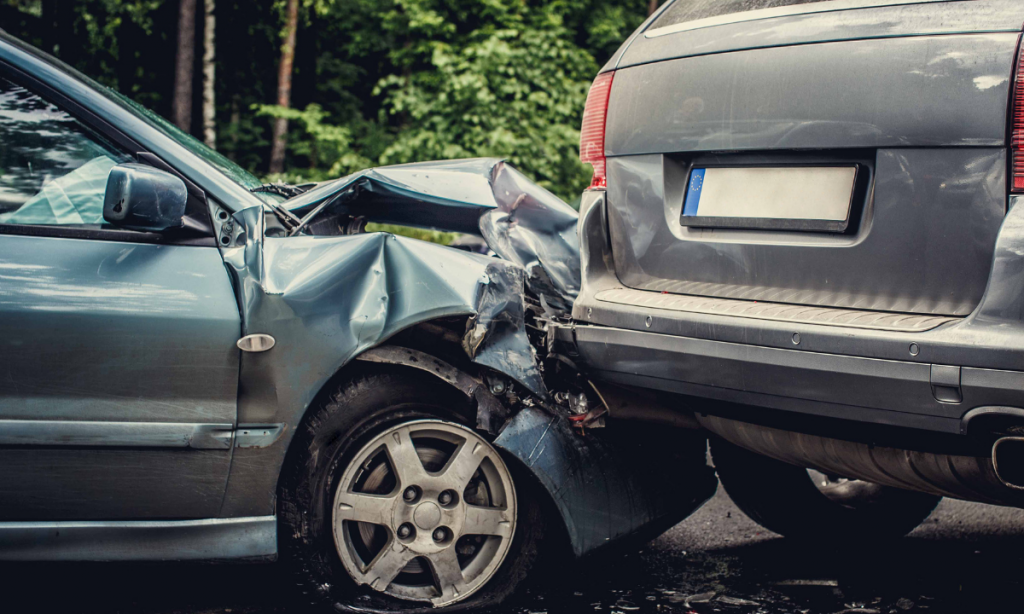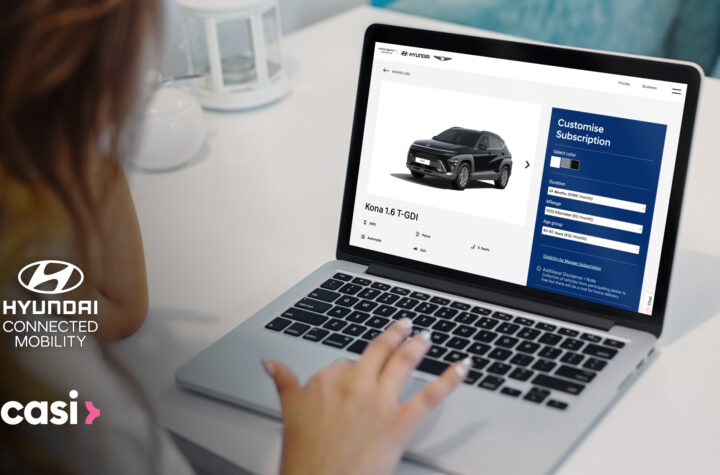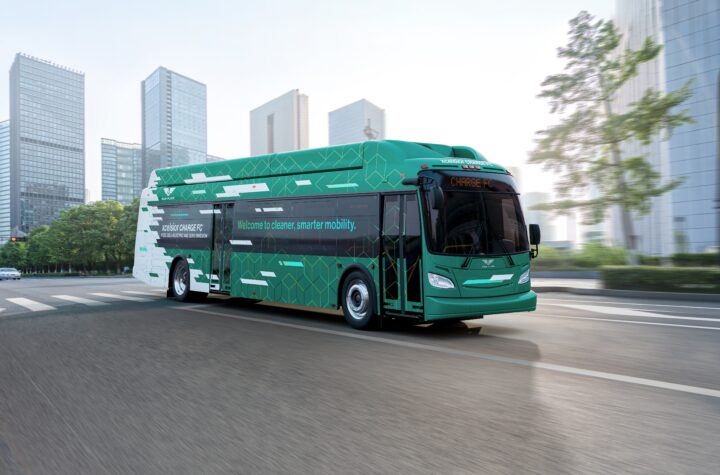
Car crashes in the U.S. are common, with some of the highest numbers in the world. Unfortunately, the person at fault has to face the financial and legal consequences of the accident.
As the victim, it is essential to seek help after a car accident. However, determining who is at fault can be complicated without solid evidence.
This article provides a guide to help you determine the at-fault party in different scenarios. You’ll also see the methods to help you find adequate evidence to support your claim.
Why You Should Know Who Is at Fault After a Car Accident
Busy cities often experience high rates of fatal car crashes yearly. The cities that have the highest rate of car crashes in the US are Atlanta, Dallas, Baltimore, and Detroit.
While some of these crashes aren’t fatal, someone must be held accountable for them. Anyone determined to be at fault for an accident will face legal and financial repercussions.
This also helps the authorities deliver justice and the victims get fair compensation. Determining who is at fault means deciding who will pay the bills and face the legal consequences.
Luckily, various ways exist to determine the at-fault party in different scenarios. Here are the different methods:
1. Police Reports
Notifying the appropriate authorities is the first thing many people do after a car accident. The police will write a comprehensive report about the accident. This report will contain traffic violations, officer observations, and witness statements.
Insurance companies rely on this information to determine who is at fault. This helps to avoid shifting the blame onto an innocent party. It also ensures compensation for the victims.
2. Traffic Law Violations
Assessing whether anyone broke state or local traffic laws can determine who is at fault. Common violations include speeding, running a red light, and failing to yield.
According to the National Safety Council (NSC), 29% of all traffic fatalities in 2022 resulted from speeding. These accidents killed an average of over 33 people daily and 12,151 yearly.
3. Rear-End Collision
In most rear-end collisions, the driver in the back is always at fault for aggressive driving. Keeping a safe following distance could have prevented the car accident.
However, there are cases where the driver in front is at fault. This is especially common when the leading driver suddenly stops or the car has a faulty brake light.
In this case, the at-fault driver will be the one that violates the traffic laws. They will have to take responsibility for the accident.
4. Dashcam and Surveillance Footage
The easiest way to settle a dispute after an accident is through dashcam and surveillance footage. Dashcam provides a detailed visual report of the accident.
Many drivers use dashcams to protect themselves in situations like this. Video evidence shows the exact cause and reason for the crash, helping to settle disputes faster in various scenarios.
5. Insurance Company Investigations
Insurance companies investigate accidents before paying settlements to victims. They look at photos of the accident, police reports, vehicle damages, and witness statements to determine who is at fault and how much insurance money has to be paid out.
6. Personal Injury Attorney
A personal injury lawyer can determine who is at fault using a combination of evidence. They use police reports, eyewitness testimonies, traffic camera footage, traffic laws, and testimony from accident reconstruction experts to reach their conclusions.
What Next?
If you’re caught in an accident and are unsure about who is at fault, using one of the methods listed in this article should help you arrive at the conclusion. Be sure to present the facts of the case honestly to the authorities involved and consult a good lawyer to ensure your rights are upheld through the process.













More Stories
Automotive Industries – The Ultimate Guide: High School Students’ Roadmap to College
Flexible Fleet innovation redefining corporate mobility with Hyundai and Casi driving sustainable and scalable Solutions
The Role of AI in Enhancing Knowledge Sharing and Collaboration Within Organizations